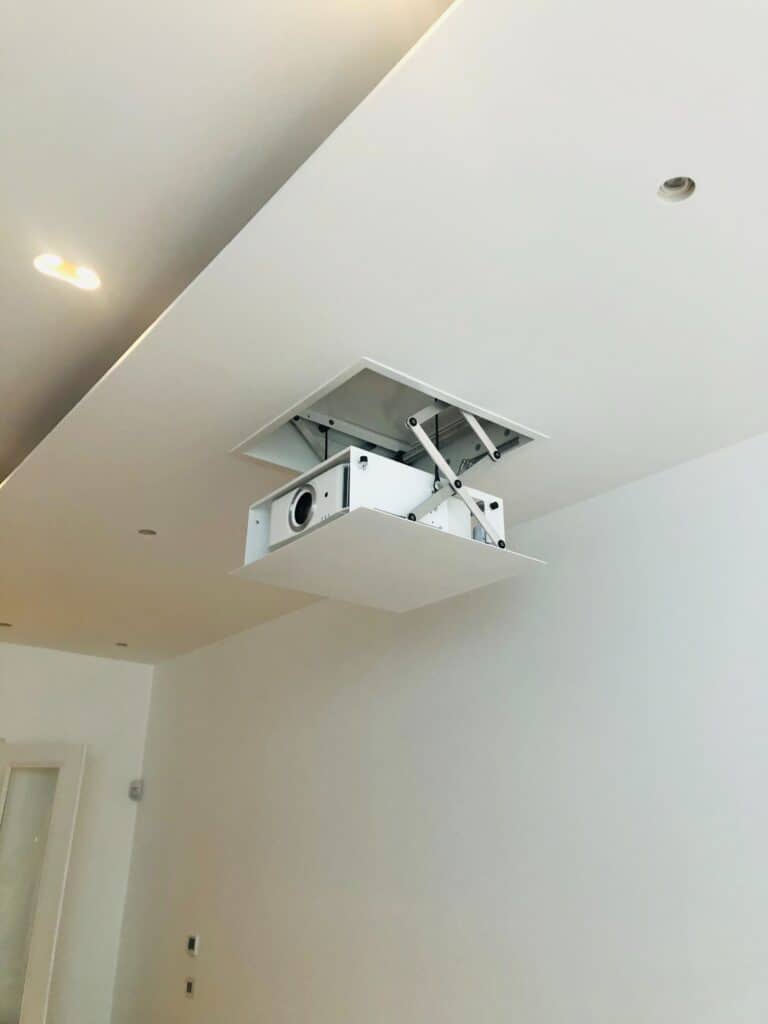Having a home theater projector is a great choice for movie lovers. It will certainly amp up your viewing experience, promote a cinema-like feel in your home theater, and stimulate family bonding. Fortunately, you can choose from a wide array of brands, like Epson projectors, which consistently have amazing reviews.
Read more: How do I choose a good projector?
However, having a vast choice is a double-edged sword. With so many different projectors in the market, it can be overwhelming to choose just one. How do you know which is the best projector for your needs? We’ve curated this projector mini-guide to help you find the best gadget that meets your requirements.
Primary Factors to Consider
There are a few considerations you must evaluate before you buy your projector. This is crucial since the right projector makes for an amazing viewing experience. One of the primary factors when choosing a projector is to assess the room size. How big is the room and where will you be putting the projector? This distance matters because it will influence things like brightness and image size. It will also impact the installation position, as some have front or side installations. Lastly, assess if you will be viewing with the lights on or off. With these three you can narrow down your choices.
Projector Details You Must Know
When you’re choosing a projector to incorporate with the other gadgets in your home theater systems, you must look at three things: brightness, resolution, and lens ratio. The quality of these details will impact the reflection you see on screen. Let’s learn more about them below:
- Brightness: You can see the true brightness of a projector based on the lumens rating. The higher this value, the brighter the projector. If you’re using a dark family room with blackout shades, a lower lumens rating will suffice. However, if you’re using the projector to deliver a lecture for a bright classroom full of people, the highest rating is needed.
- Resolution: This refers to the number of pixels in an image. The higher the resolution, the sharper the image. Notably, the resolution of the projector must also accommodate the source for a sharp and clear image.
- Lens Ratio: This tells you how large the projected image could be from a given distance. Different projector brands have varying ratios. The projector you choose must have the right ratio to help you achieve the image size you need. This is critical if you’re working with a very small or large home theater.
Secondary Factors to Evaluate
You can also narrow down your choices further by taking a look at other projection features. These secondary factors will help you make your final choice. Let’s check them out below:
- Light Source: Projectors have different light sources ranging from lamps to laser light sources, which affect the gadget’s longevity. In laser, there’s no lamp life to replace so when it conks out, you have to buy a new projector.
- Lamp Life: For those with lamps, you can replace the bulb if you wish. Projectors with lamps also have a lamp life estimate which could affect maintenance and replacement.
- Warranty: Projector models come with different warranties and services so ask for these details. Some have 1-2 years while others provide longer with 3-5 years.
- Connectivity: Most projectors come with an HDMI and VGA input connection. Others also include an option for wireless connectivity. Find out if you can also connect multiple sources.
- Portability: If you’re on the go, you may want to have a lightweight project that has built-in wireless connectivity.
These are a few considerations for buying a projector. Are you shopping around for one? Our team can help. Send us an email or call us directly for assistance. We’d love to help you out!


